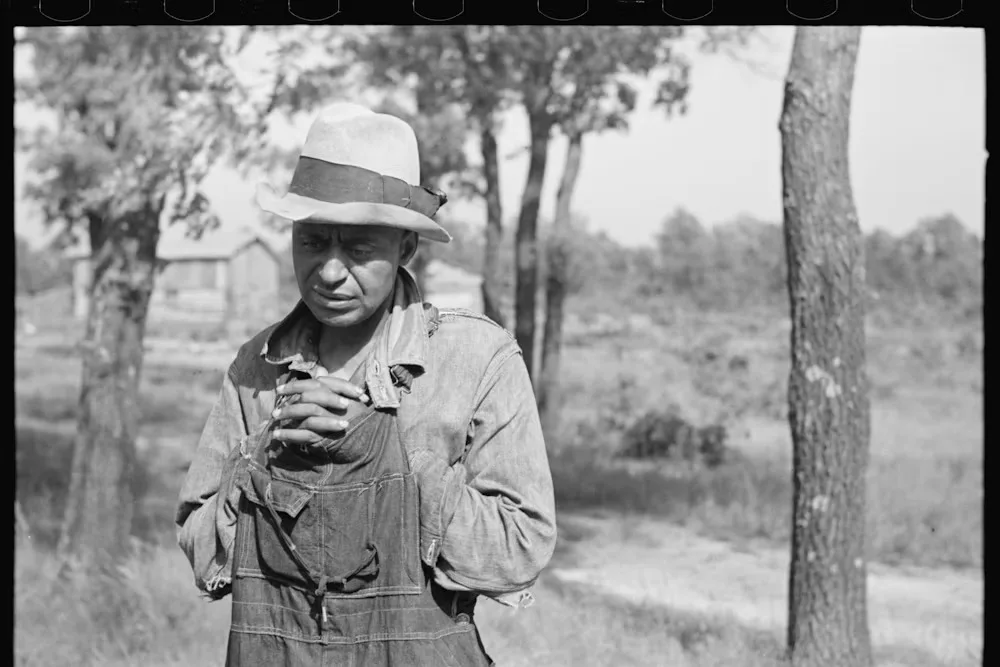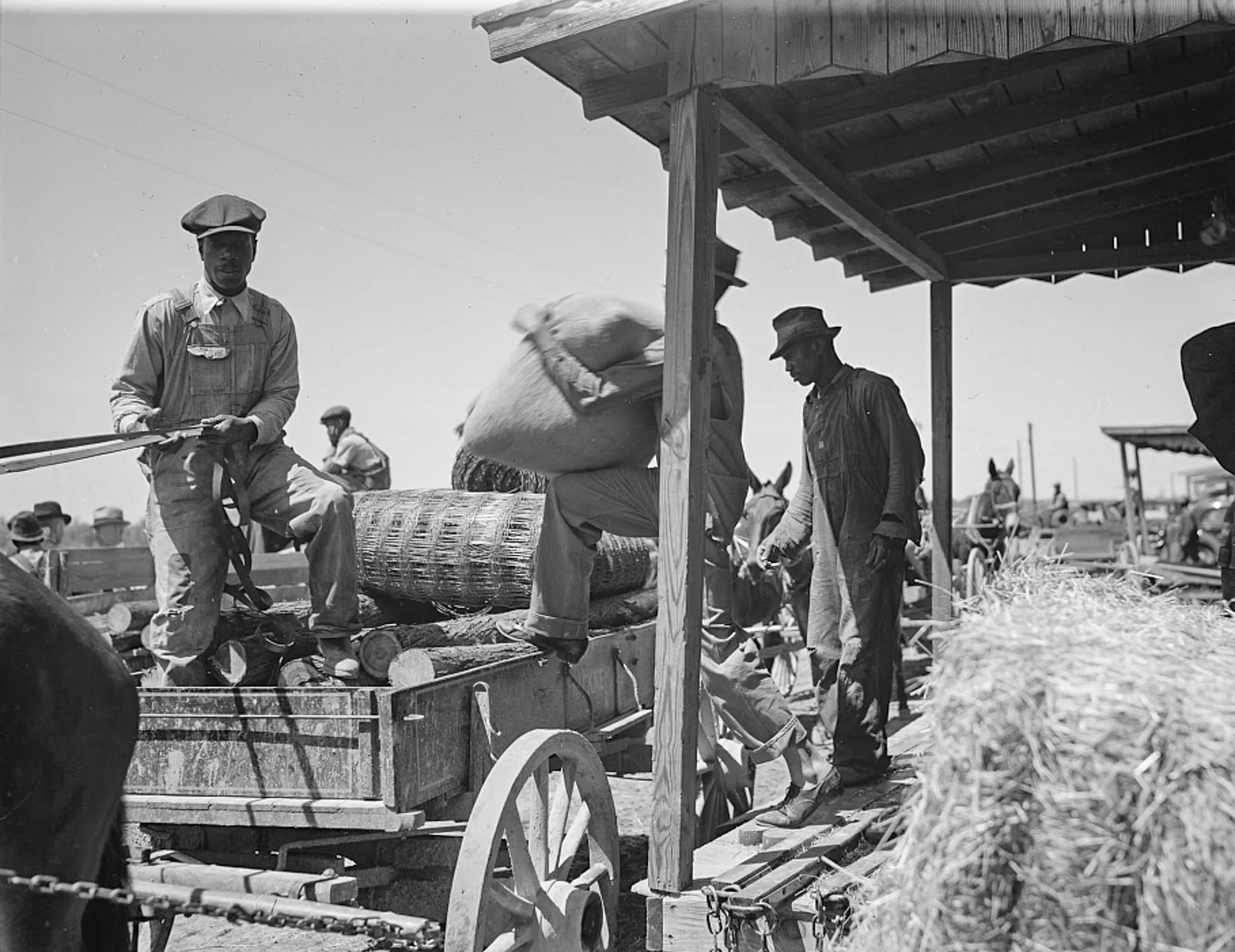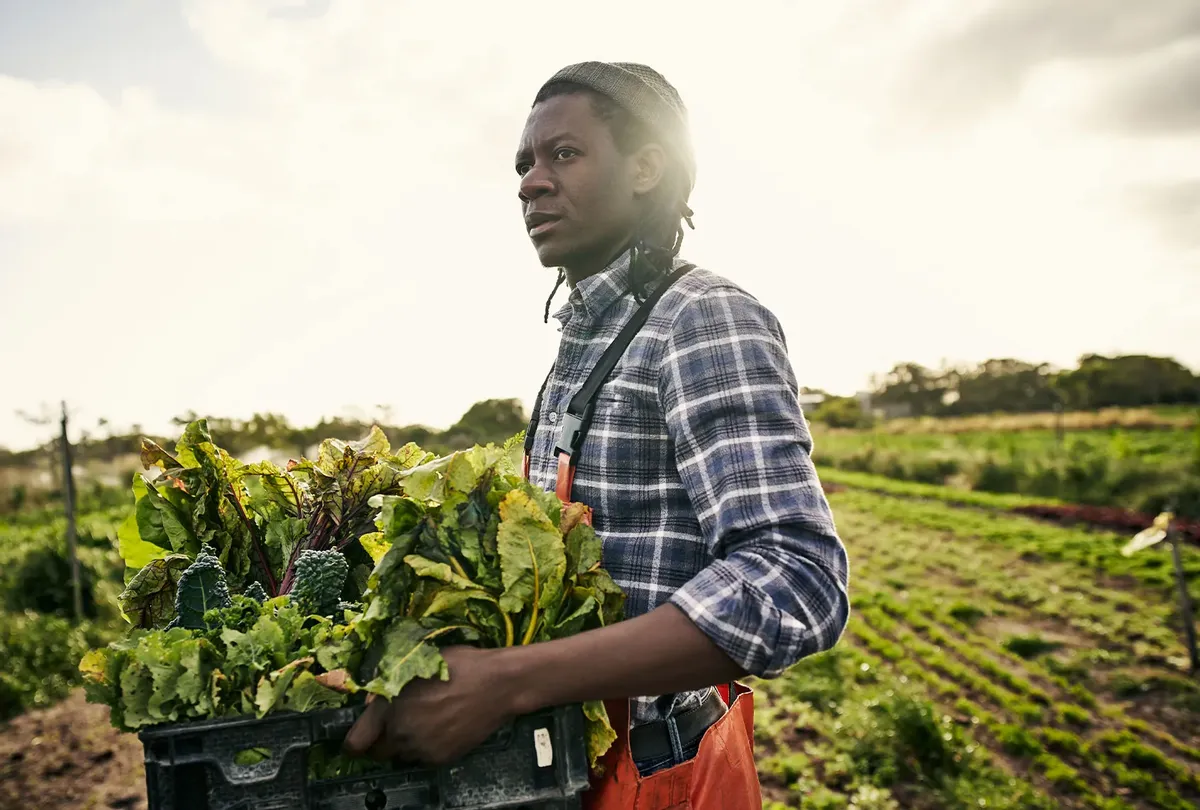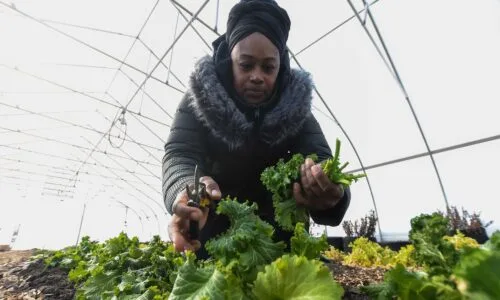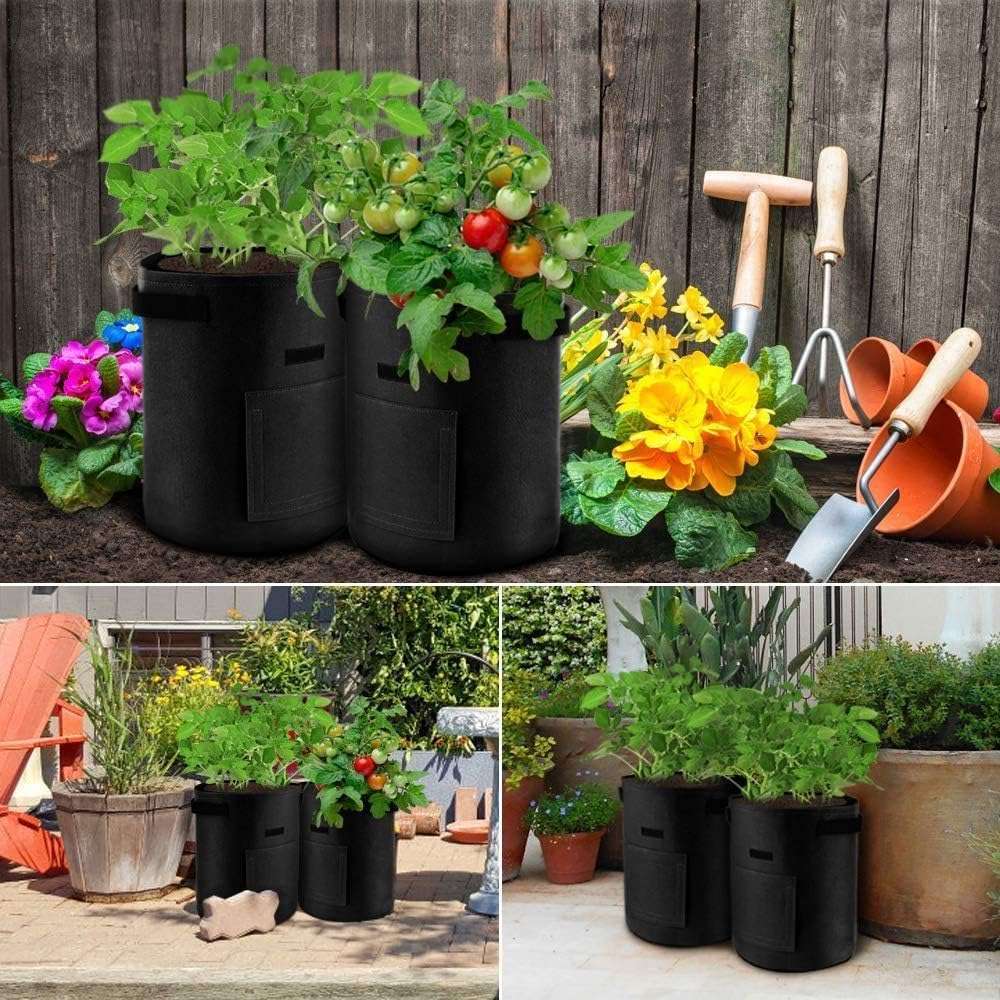-
Table of Contents
How Many Black Farmers Are There in America?
When discussing the agricultural landscape in America, it is essential to consider the representation and contributions of black farmers. Historically, black farmers have faced numerous challenges and systemic barriers that have significantly impacted their numbers. In this article, we will explore the current state of black farmers in America, examining their history, the factors that have influenced their decline, and the initiatives aimed at supporting and revitalizing this vital community.
The History of Black Farmers in America
Black farmers have played a significant role in American agriculture since the country’s inception. During slavery, enslaved Africans were forced to work on plantations, cultivating crops and tending to livestock. After emancipation, many black individuals continued to work in agriculture, often as sharecroppers or tenant farmers.
Despite their contributions, black farmers faced widespread discrimination and unequal treatment. They were often denied access to credit, land ownership, and government assistance programs. This discrimination persisted well into the 20th century, perpetuating a cycle of poverty and limited opportunities for black farmers.
The Decline of Black Farmers
Over the past century, the number of black farmers in America has significantly declined. Several factors have contributed to this decline:
- Discrimination and Land Loss: Discriminatory practices, such as the denial of loans and unequal treatment by government agencies, led to widespread land loss among black farmers. According to the U.S. Department of Agriculture (USDA), black farmers lost approximately 80% of their farmland from 1910 to 2007.
- Consolidation and Industrialization: The rise of industrial agriculture and consolidation of farms has also impacted black farmers. Large-scale farming operations often have more resources and access to technology, making it difficult for smaller farmers to compete.
- Urbanization and Changing Demographics: The migration of black individuals from rural areas to urban centers has also contributed to the decline of black farmers. As opportunities in urban areas increased, many black individuals left farming behind.
Current State of Black Farmers
The decline of black farmers in America has been staggering. According to the USDA’s 2017 Census of Agriculture, out of the 3.4 million farmers in the United States, only 45,508 identified as black or African American. This represents a mere 1.3% of all farmers in the country.
Furthermore, black farmers face significant challenges in terms of access to resources and support. They often have limited access to credit, technical assistance, and government programs designed to support farmers. This lack of support further exacerbates the difficulties faced by black farmers and hinders their ability to thrive in the agricultural sector.
Initiatives Supporting Black Farmers
Recognizing the importance of supporting black farmers and addressing the historical injustices they have faced, several initiatives have been established to provide assistance and resources:
- Minority Farming Programs: The USDA offers various programs aimed at supporting minority farmers, including the Outreach and Assistance for Socially Disadvantaged Farmers and Ranchers Program. These programs provide technical assistance, training, and financial support to help minority farmers succeed.
- Land Retention Programs: Organizations such as the Federation of Southern Cooperatives/Land Assistance Fund work to help black farmers retain their land and prevent further loss. They provide legal assistance, advocacy, and resources to support black farmers in maintaining ownership of their farms.
- Community-Based Initiatives: Local organizations and community groups have also taken action to support black farmers. These initiatives focus on providing education, mentorship, and networking opportunities to help black farmers navigate the challenges they face.
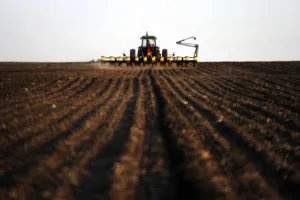
Conclusion
The decline of black farmers in America is a complex issue rooted in historical discrimination and systemic barriers. While the number of black farmers has significantly decreased over the years, there is hope for revitalization through various initiatives and programs aimed at supporting and empowering this vital community.
Efforts to address the challenges faced by black farmers must continue, with a focus on providing equitable access to resources, addressing land loss, and promoting inclusivity within the agricultural sector. By supporting black farmers, we can not only rectify past injustices but also ensure a more diverse and sustainable future for American agriculture.
Also Read-
Who qualifies for the black farmers Settlement.
How much does the average American farmer earn per year?
First-time homebuyers in oregon immigrants get $30K grant — but American citizens aren’t eligible
Why do less active Americans not increase their Activity Levels?
How Adults Can Help Improve the Mental Health of Black Youth
What is the Number 1 Reason for Divorce in America
Asian American And Native Hawaiian Pacific Islander Heritage Month
How are American Tourists treated in Japan
Black History Month 2024 National Theme And Origin
The Wild True Story Behind Peacock’s Fight Night: The Million Dollar Heist
Readers usually buy..
🛒Weed Puller Tool
- Standing Design: This weeding tool features an innovative standing design, allowing you to weed without bending or kneeling, significantly reducing stress on your back and knees, and making it ideal for extended use
- Durable 4-Claw Steel Head: Equipped with 4 robust steel claws, this tool effortlessly grabs and removes weed roots, ensuring thorough eradication and preventing regrowth for an effective weeding experience
- Adjustable Length: The handle length is adjustable to suit various weeding tasks. Whether dealing with weeds at a distance or in close proximity, you can easily adapt the tool to your needs
- Removable Design: The tool’s removable feature facilitates easy storage and transportation. Perfect for both home gardens and professional horticulture, it saves space and simplifies organization
- Durable Ductile Iron Construction: Made from high-strength ductile iron, this tool offers exceptional durability and longevity. Ductile iron’s superior strength withstands heavy use and pressure, ensuring a long-lasting tool
🛒3 Pack Potato Grow Bag
Planting more vegetables with these grow bags (e.g. potato planting)
- Mix the soil with the fertilizer, then add 4 inches of them to the bag. Place 4-6 potato tubers on that soil, with the shoots facing upwards, and add a further 2 inches of soil to cover them.
- As long as the soil does not completely dry out, it is good to wait about 2 weeks for the plants to emerge before watering again.
- Keep watering when shoots have germinated. When the plants are 12″ tall, add 6 inches of soil around the base of plants and watering.
- Once they have grown another 12″ above the soil, repeat the front process until the bags are nearly full. Keep them well watered, especially in dry weather.
- Wait about 7-8 weeks, till the foliage has turned brown and died back completely, then you can harvest potatoes directly from the Velcro window.
🛒Behind Broadcast Spreader
Agri-Fab 45-0463 130-Pound Tow Behind Broadcast Spreader
Why Buy an Agri-Fab Tow Behind Broadcast Spreader?
The Agri-Fab, Inc. 130-Pound. Tow Spreader Model #45-0463 will help you grow the beautiful lawn that you’ve always wanted. The best time to use a spreader is in the spring. For optimal results, spread grass seed over bare areas when needed. In the summer, fertilize and feed when necessary to enhance growth. An enclosed gearbox prevents spreading grass seed or fertilizer from disrupting activity. The Agri-Fab 130 lb. Tow Behind Spreader will last you for years to come with proper care and use.
- 130lb Tow Spreader / 25,000 sq ft. coverage; roughly 1/2 acre
- Enclosed removable gear box for easy maintenance.
- Steel rod flow control easy to open/close
- 13″ x 4″ large pneumatic wheels
- 1” diameter tubing and heavy-duty frame

